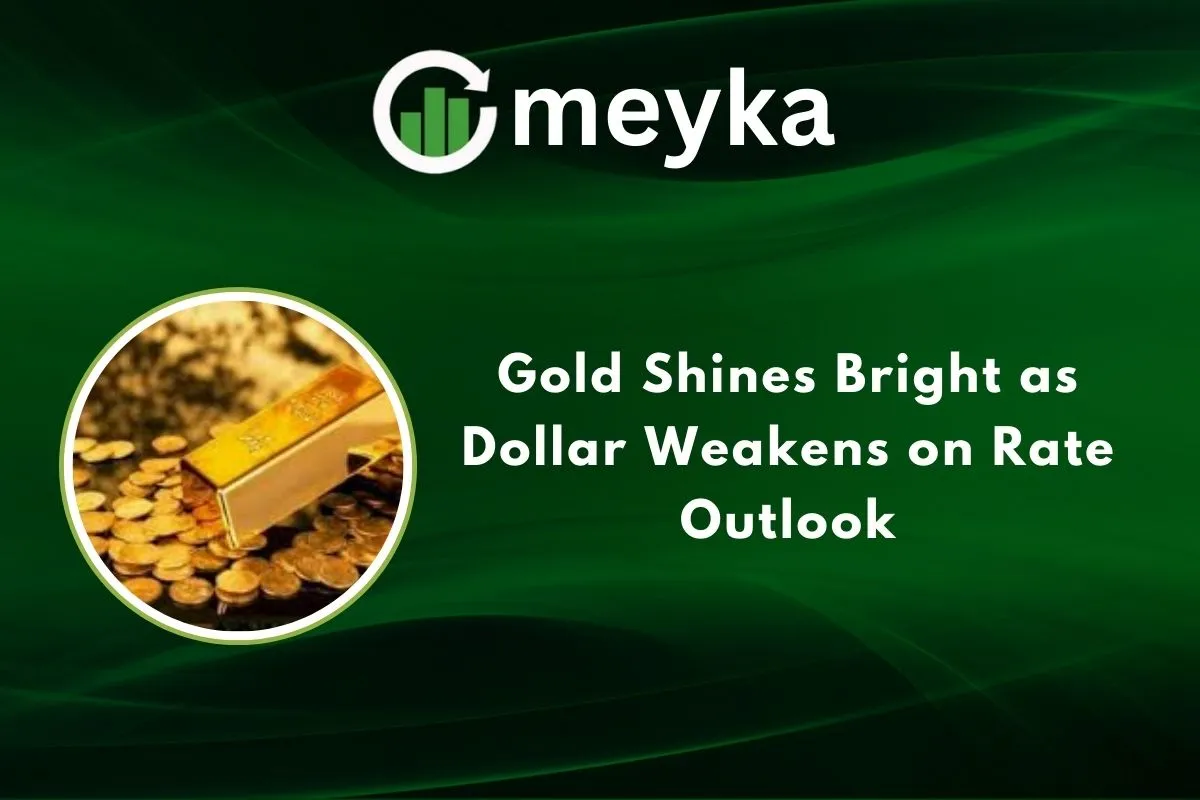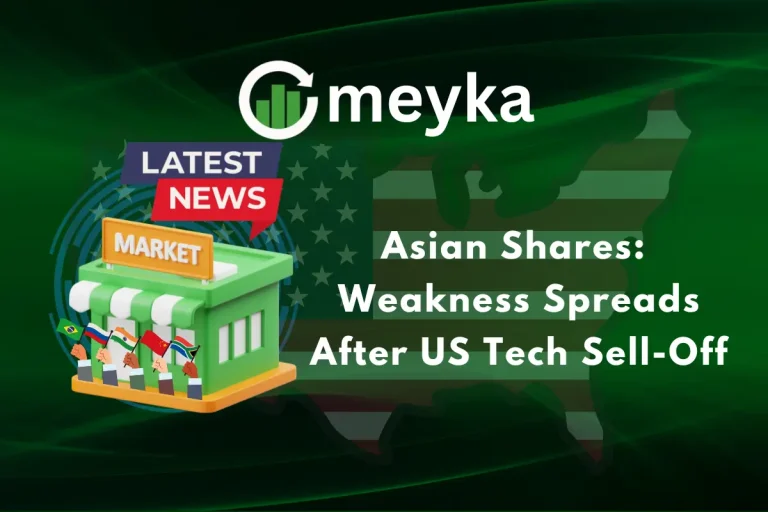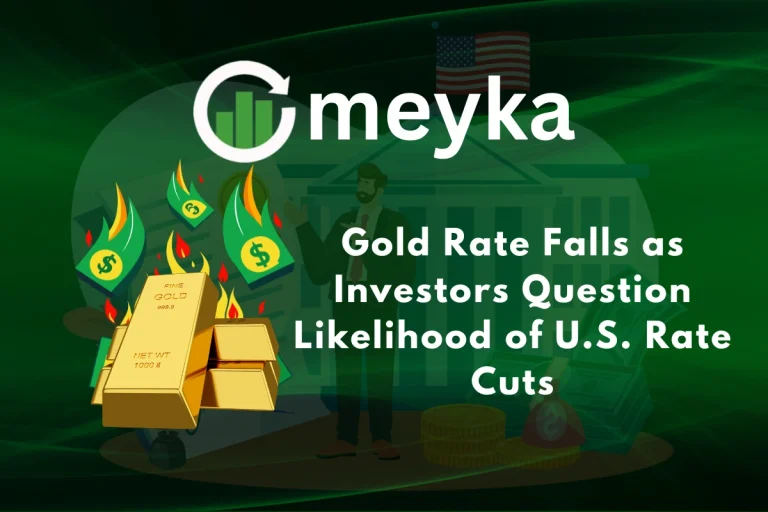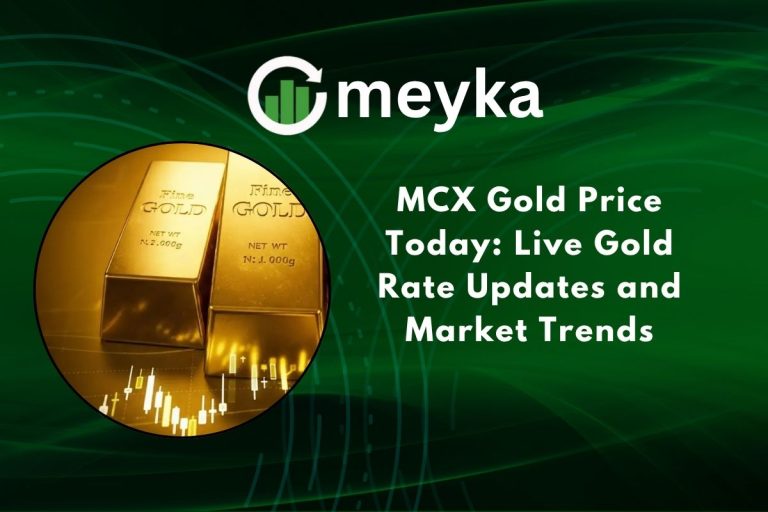Gold Shines Bright as Dollar Weakens on Rate Outlook
Gold reached a fresh peak, surpassing $3,500 per ounce. This surge follows a sharp decline in the U.S. dollar. It’s happening as markets expect the Federal Reserve to cut interest rates soon. A weaker dollar boosts gold’s shine. This happens since gold costs less for investors with other currencies, making it more attractive. We’ll explore why gold is rising, how currency and rate shifts are tied, and what lies ahead for both.
The Current Gold Rally
Spot gold increased by almost 33 percent to 3,508.50 per ounce. Futures reached $3,565.50, signaling strong momentum. Safe-haven demand has been surging amid economic worries and weakening dollar sentiment. Silver isn’t far behind; spot silver crossed $40 per ounce for the first time since 2011. These moves show metals are drawing broad interest.
Why the Dollar Weakens
The dollar has been under pressure. The dollar index slipped to around 97.55, its lowest level in five weeks. Though it regained a bit, it remains weak. Why is this happening? Markets now price in nearly a 90% chance of a 25 basis-point Fed rate cut in September, with more easing expected by the end of 2026. This puts pressure on the dollar, as reduced rates lessen the appeal of dollar-based assets.
At the same time, political pressure on the Fed, especially from President Trump, has raised questions about central bank independence. That further erodes confidence in the dollar.
The Role of Interest Rate Outlook
We’re in a low-interest environment. Gold typically thrives when yields drop. As the Fed leans dovish, rate cuts seem more likely. That fosters demand for gold. Without interest, its opportunity cost shrinks. As a result, both investors and central banks shift toward gold as a protective hedge.
Global Market Dynamics
On the world stage, central banks are piling into gold to diversify away from the dollar. Central banks purchased 244 metric tons of gold in Q1 2025, which was far more than the normal amount. Gold currently accounts for almost 20% of global reserves, approaching the euro’s portion. This trend continues to support its price growth. Emerging markets and developing economies are boosting demand. The weaker dollar also reduces the cost for buyers in other currencies.
Investor Behavior & Safe-Haven Demand
When uncertainty rises, we buy gold. It’s a clear trend now. Political pressures, soft economic data, and uncertainty around the Fed are driving both retail and institutional investors toward gold. In H1 2025, gold-backed ETFs recorded $30 billion in inflows, bouncing back after several years of withdrawals. Central banks also ramped up purchases. Gold’s reputation as a reliable store of value shines through in times like these.
Risks and Challenges
Still, this rally isn’t without threats. Strong U.S. data or a hawkish Fed surprise could revive the dollar. That could put pressure on gold. Emerging markets may rotate to equities or bonds if confidence returns. Technical indicators also hint at caution. Some analysts think gold has reached an “overheated” level and could experience a pullback.
Outlook: Where Could Gold Head Next?
Analysts offer bold forecasts. Goldman Sachs sees gold reaching $4,000 per ounce by mid-2026. Others believe $3,700–$4,000 is possible by year-end, given current trends. Technically, resistance lies near recent highs. But support can be found around $3,450–$3,475.
Conclusion
Right now, gold shines as the Dollar Weakens and rate cut bets rise. Investors see it as a safe haven. Its value climbs as yields fall and the dollar slips. We’ll keep watching Fed signals, inflation data, and global demand. These factors will shape the future direction of both the dollar and gold.
FAQS:
When the dollar weakens, gold often rises. A weak dollar makes gold cheaper for other countries. This boosts demand and pushes prices higher as investors seek safety.
Gold can pressure the U.S. dollar. As gold prices rise, investors might exchange dollars for gold. This selling reduces dollar strength and creates an opposite movement.
The dollar and gold typically trend in opposite directions. When one goes up, the other tends to fall. This link shows their strong inverse relationship in global markets.
Disclaimer:
This content is for informational purposes only and is not financial advice. Always conduct your research.






